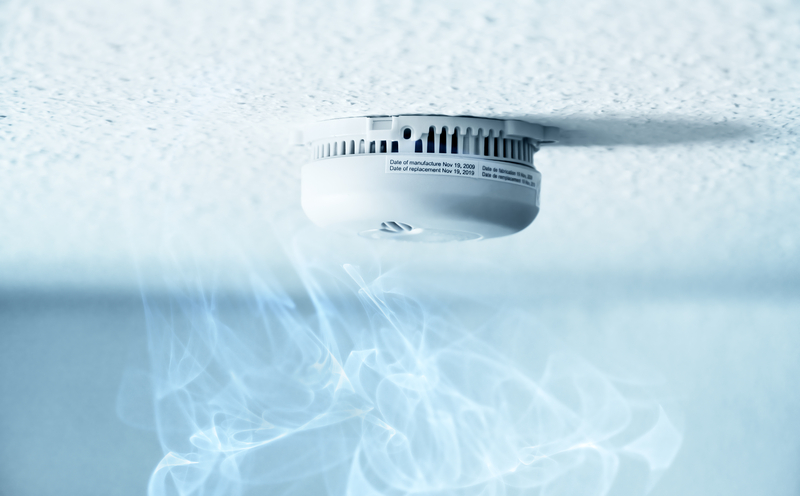
Hundreds of fires occur in Alberta every single year. This makes smoke and carbon monoxide detectors an invaluable part of your home’s safety system. Chances are that you know how important they are, how to maintain them, and even how to test them. But do you know how they actually work? In this week’s article, we are going to take a look at exactly how these life-saving devices do their jobs.
Smoke Detectors
Although they are commonly referred to as “fire alarms,” smoke detectors work by sensing smoke through a couple of different methods depending on the device.
- Photoelectric. This type of smoke detector contains a small chamber with a beam of light through the middle. There is a sensor in the chamber called the “eye” that views the light beam from the side. When smoke particles enter the space, they cause the light beam to scatter and send light directly into the eye. When the eye senses the light hitting it, it sends an electronic signal to sound the alarm.
- Ionization. This type of smoke detector also uses a small chamber, but that’s where the similarities end. A small amount of radioactive material in that chamber ionizes the air there. This creates an electric charge. Smoke particles interrupt this charge and subsequently trigger the alarm.
CO Detectors
Carbon monoxide is detected in three main ways:
- Biomimetic. Inside a biomimetic CO detector, there is a gel-like substance. This substance changes colour when in contact with carbon monoxide, triggering an electric sensor to set off the alarm.
- Metal Oxide Semiconductor. In a similar way to ionization smoke detectors, these devices work by maintaining an electrical current. In this case, the current is maintained by a silica chip. Carbon monoxide causes the current to drop, this decrease in voltage sets off the alarm.
- Electrochemical. Mostly used in industrial settings as opposed to residential homes, this type of detector submerges electrodes in a chemical bath. Carbon monoxide will cause a sudden change in the charge and trigger the alarm.
Smoke and carbon monoxide detectors are vital to the health and safety of any home. If you’re looking to upgrade your devices or even just get them inspected, call on the electrical experts at Westridge Electric!


